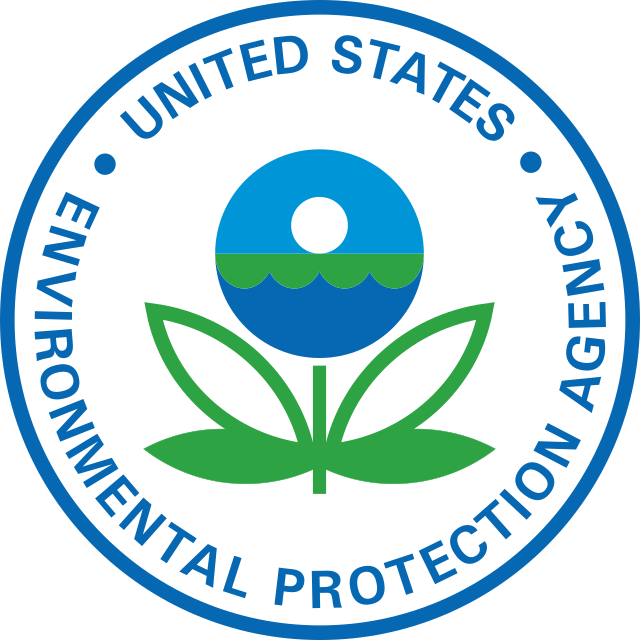Agricultural bodies in the United States will no longer interpret unclear laws freely after the overturning of the 1984 Chevron deference law on June 28, 2024.
In the 6-3 Supreme Court decision, federal agencies lost big, leaving Congress and the courts future decisions on unclear laws.
Hitherto, farm subsidy agencies like the U.S. Department of Agriculture (USDA) could interpret any ambiguous clause their way and enforce it.
But from now on, all clearance of a vague agricultural, labor or energy law will be by the courts or Congress.
Fittingly, the U.S. Chief Justice, John Roberts, termed the 40-year old deference “unworkable” during the reading of the verdict.
What Agricultural Sectors will Chevron Deference’s Repeal Affect?
Immediately after the decision to throw Chevron aside, analysts foresaw a build up of court cases in everyday fields.
One of these is food safety, which even with the previous federal interpretation on vague clauses still elicited class litigation.
For one, the Food and Drug Administration (FDA)’s rules that endorse e-cigarettes could attract defiance by bodies that cite this as marketing. It could also force FDA to go soft on menthol levels in cigars or the banning of tobacco. The agency knows that a ban could now attract a spree of legal challenges from cigar manufacturers.
Another sector will be energy including in agriculture, a docket which the Environmental Protection Agency (EPA) oversees. Key targets include the 1970 Clean Air Act which birthed EPA and which has amassed many rules under Chevron Deference.
EPA could see its current rules on toxic dust, drug safety and cosmetic substance undergo overhaul by the courts.
But on one rule will the federal agency enjoy exemption, namely Biden presidency’s rules on pollution in the transport and energy sectors. Despite its contention, Biden’s body of laws which EPA executes has the protection of a Supreme Court ruling in 2007. The ruling protects it against any future challenging due to its global warming approach.
Who Initiated the Overturning?
The overturning of the Chevron deference stemmed from a case by herring fishermen.
Fishermen challenged the Department of Commerce over a rule to carry marine officers on board and pay them $700 per day.
According to the fishermen, the National Marine Fisheries Service (NMFS) was acting outside Congressional power to enforce fees.
Although the NMFS rule underwent a halt in 2023, the litigants filed for a repeal of Chevron to avoid fee-extraction renewal.
Then in end June 2024, the Supreme Court ruled in their favor in a landmark verdict that reverberates across many fields.
In summary, the repeal of Chevron deference law not only affects certain rules by agricultural agencies but other everyday rules. To learn more how this decision impacts the American farming life, below are statistics on existing federal agricultural rules.
Agricultural Rules Statistics in the United States
With a revenue of $552.6 billion in plant-based and animal products in 2022, the U.S.’ agriculture sector is economically important and is protected by rules. Some of the rules are on government spending, and emanate from both federal and Congressional laws. In 2020, for instance, the U.S. government endorsed $55.6 billion as the total agricultural spending, equal to 10% national agricultural earnings.The Department of Agriculture oversees fund allocation to farmers through subsidies as well as insurance.
Are there ambiguous agricultural laws?
Like other laws, agricultural laws in the United States enjoy federal interpretation where the clause is unclear. This is courtesy of the 1984 Chevron deference ruling. Before its overturning by the Supreme Court 40 years later on June 28, 2024, agencies could make rules out of vague laws.
Are there rules on agriculture in 2024?
The most recent and challenging agricultural rule is EPA’s per-and polyfluoroalkyl substances (PFAS) rule of April 2024. It limits to near-zero the presence of forever chemicals in public water. Experts now think that national compliance with the rule will need utilities installations of $1.5 billion with equal benefits of $1.5 billion. Around 6 to 10% of American drinking water or 6,700 water systems will have to comply with the rule.
